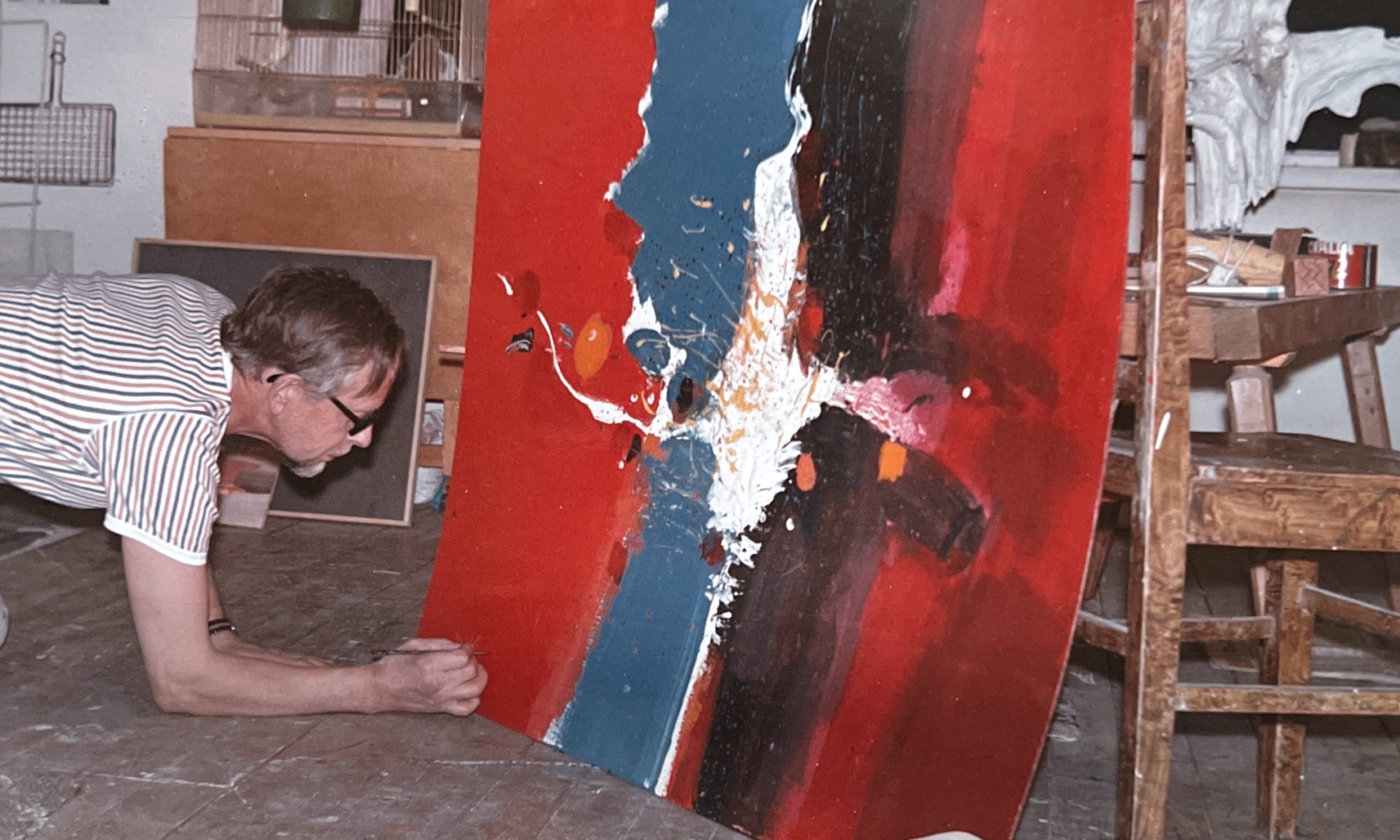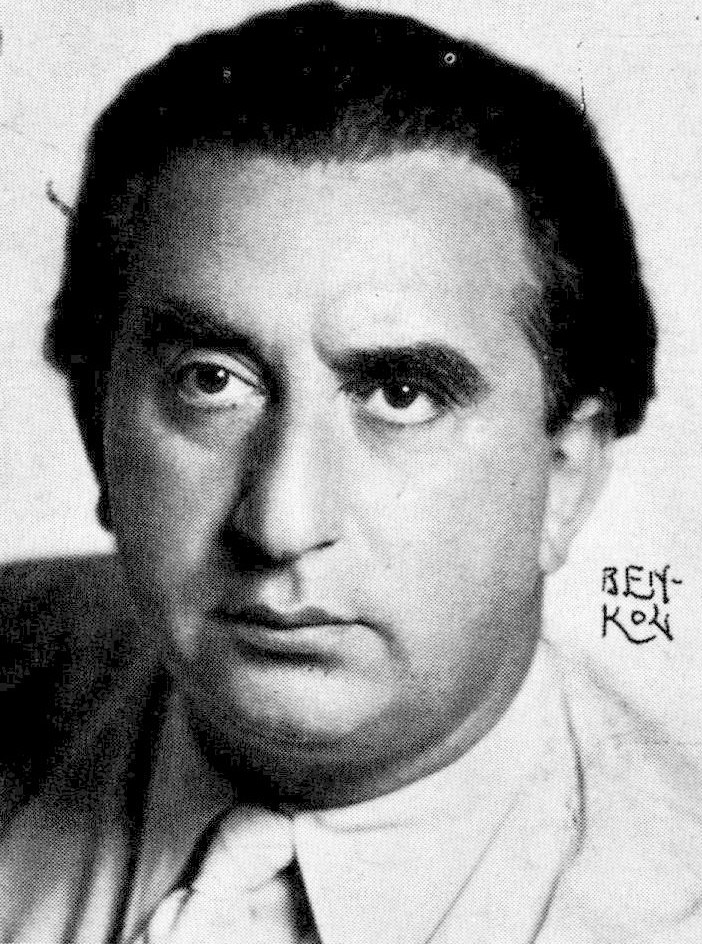
Isaac Grünewald (2 September 1889 – 22 May 1946) was a Swedish-Jewish expressionist painter born in Stockholm. He was the leading and central name in the first generation of Swedish modernists from 1910 up until his death in 1946, in other words during almost his entire career spanning four decades. He was a highly productive painter as well as a writer and public speaker.
Having studied at an influential Swedish art school for three years, at age 19 Grünewald travelled with his friends Einar Jolin and Einar Nerman to Paris where they soon began studies at Henri Matisse’s academy. In 1909 he gained recognition in his homeland when he exhibited his work with a group of Scandinavian artists known as The Young Ones.
He met his future wife Sigrid Hjertén in 1909 and encouraged her to study painting with him in Paris. Having married in 1911, Grünewald and Hjertén from 1912 on regularly exhibited together at home and abroad. Art historians nowadays often cite them as being responsible for introducing modernism to Sweden. At a time in history when anti-Semitism was both widespread and politically correct and women artists were frowned upon, their works were often the subject of ridicule in the press. In fact, recent research has shown that Grünewald who became the center of public controversy numerous times was the number one target of anti-Semitism in the Swedish press between 1910 and 1926.
Despite or because of his role as the leading and most controversial pioneer in Swedish modernism in his days, in Swedish journalism and literature, he is still sometimes being portrayed as, in effect, the embodiment of a classic Jewish caricature, with insinuations of his not having earned his success fairly; being an insignificant Matisse imitator as an artist but a genius as a businessman.
In the 1920s, Grünewald began reaping major commercial successes. He created stage designs for the Royal Swedish Opera and other theaters. In 1925-26, he decorated the walls and ceiling in the minor hall (since renamed Grünewald Hall) at the Stockholm Concert Hall, site of the Nobel Prize ceremony, and in 1928 the walls of the Matchstick Palace. His work was part of the painting event in the art competition at the 1932 Summer Olympics.
Grünewald was a professor at the Royal Swedish Academy of Arts between 1932 and 1942 and in 1941 he opened his own art school, which Kulo attended. During the Second World War Grünewald worked at the renowned Rörstrand porcelain factory. He was awarded the Prince Eugen Medal in 1945.
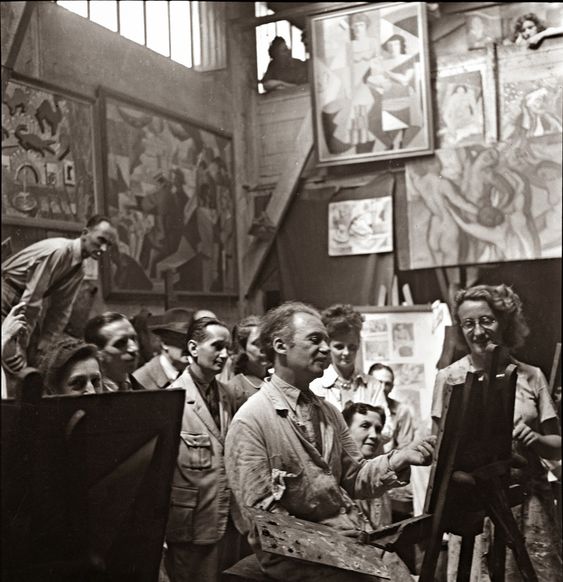
André Lhote (5 July 1885 – 24 January 1962) was a French Cubist painter of figure subjects, portraits, landscapes and still life. He was also active and influential as a teacher and writer on art.
Lhote was born 5 July 1885 in Bordeaux, France, and learned wood carving and sculpture from the age of 12, when his father apprenticed him to a local furniture maker to be trained as a sculptor in wood. He enrolled at the École des Beaux-Arts in Bordeaux in 1898 and studied decorative sculpture until 1904.
Whilst there, he began to paint in his spare time and he left home in 1905, moving into his own studio to devote himself to painting. He was influenced by Gauguin and Cézanne and held his first one-man exhibition at the Galerie Druet in 1910, four years after he had moved to Paris.
After initially working in a Fauvist style, Lhote shifted towards Cubism and joined the Section d’Or group in 1912, exhibiting at the Salon de la Section d’Or. He was alongside some of the fathers of modern art, including Gleizes, Villon, Duchamp, Metzinger, Picabia and La Fresnaye.
The outbreak of the First World War interrupted his work and, after discharge from the army in 1917, he became one of the group of Cubists supported by Léonce Rosenberg. In 1918, he co-founded Nouvelle Revue Française, the art journal to which he contributed articles on art theory until 1940.
Lhote taught at the Académie Notre-Dame des Champs from 1918 to 1920, and later taught at other Paris art schools—including the Académie de la Grande Chaumière and his own school, Academy André Lhote which he founded in Montparnasse in 1922.
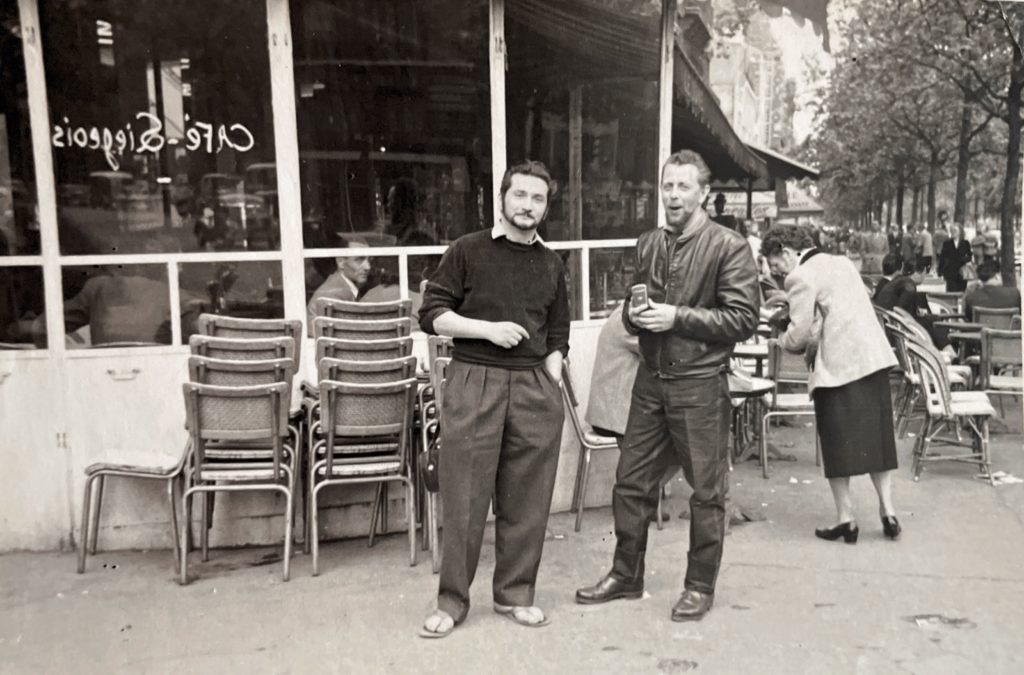
Marcel Mouly, along with fellow artist Édouard Pignon, rented the Boulogne studio of famed modernist sculptor Jacques Lipchitz (1891–1973). Mouly learned from Lipchitz, particularly about the style of cubism. In 1945, his paintings were exhibited alongside the paintings of Matisse in the Salon d’Automne in Paris. The following year he moved to La Ruche where he became friends with Picasso, Chagall, and Klein, and exhibited at the Salon du Mai. Mouly’s first one-person exhibition was held in 1949 at the Libraire Bergamasque.
Mouly’s style was influenced by the deep, bold colors typically used in Matisse’s fauvist works, and by the cubism of Picasso. Beginning in the mid-1950s, Mouly created many lithographs.
Marcel Mouly’s work has been exhibited all over the world, including in the permanent collections of more than 20 museums, such as the Museum of Modern Art in Paris, the Museum of Modern Art in Japan, the Museum of Geneva, the Museum of Modern Art in Helsinki, and Paris’ Bibliotheque Nationale. He has also been the subject of numerous books, and recognized by such honors as the Chevalier de L’Orde des Arts et Lettres (1957) and the Premier Prix de Lithographie (1973).
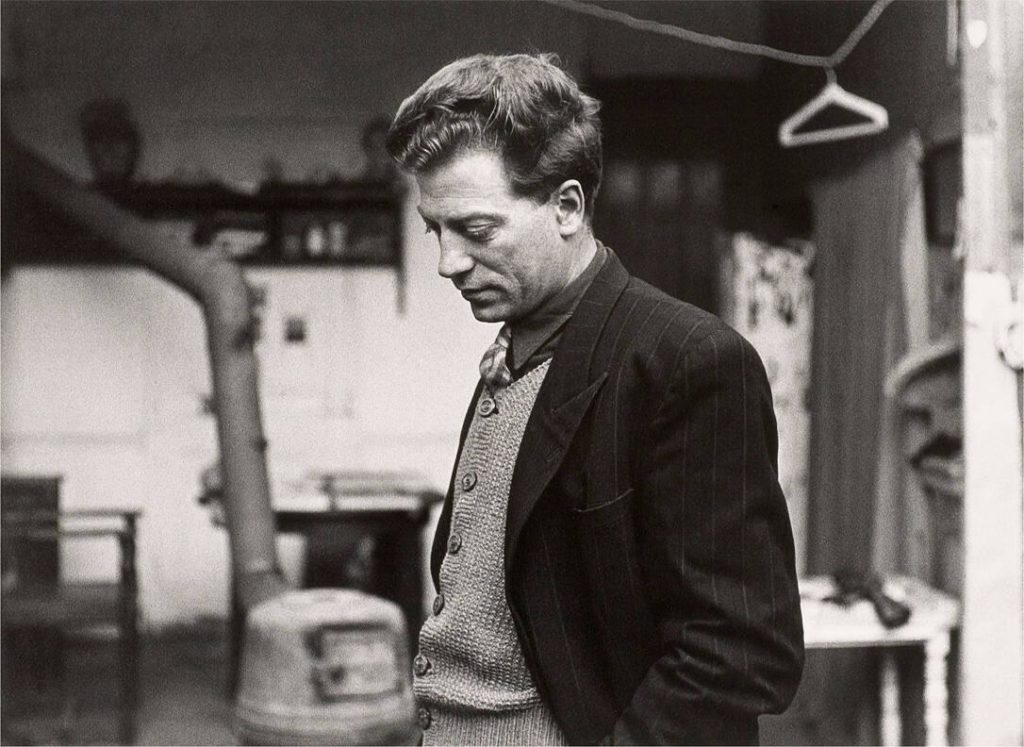
Wiking Svensson studied with André Lhôte, Othon Friesz, Edmond Mac Avoy and Fernand Legér in Paris where he lived and worked from 1946-1956. During his time in Paris, he had exhibitions at the Musée des Art Moderne and the Ticino Institute, among other things. He is represented at the Ticino Institute and at the Musée de Pau in France. When Wiking Svensson returned to Sweden, he settled in Gothenburg and for a period in Dalsland. He participated in a large number of international exhibitions, including in San Francisco, Brussels and traveling exhibition in Spain in 1964 and the Biennale in Antibes and in Oslo in 1965.
Wiking Svensson is represented at the National Museum and the Modern Museum in Stockholm as well as at the Gothenburg Art Museum, Malmö Museum, Norrköping Art Museum, Värmland Museum, Borås Art Museum, Västerås City Art Collections and Kiruna City Art Collections.
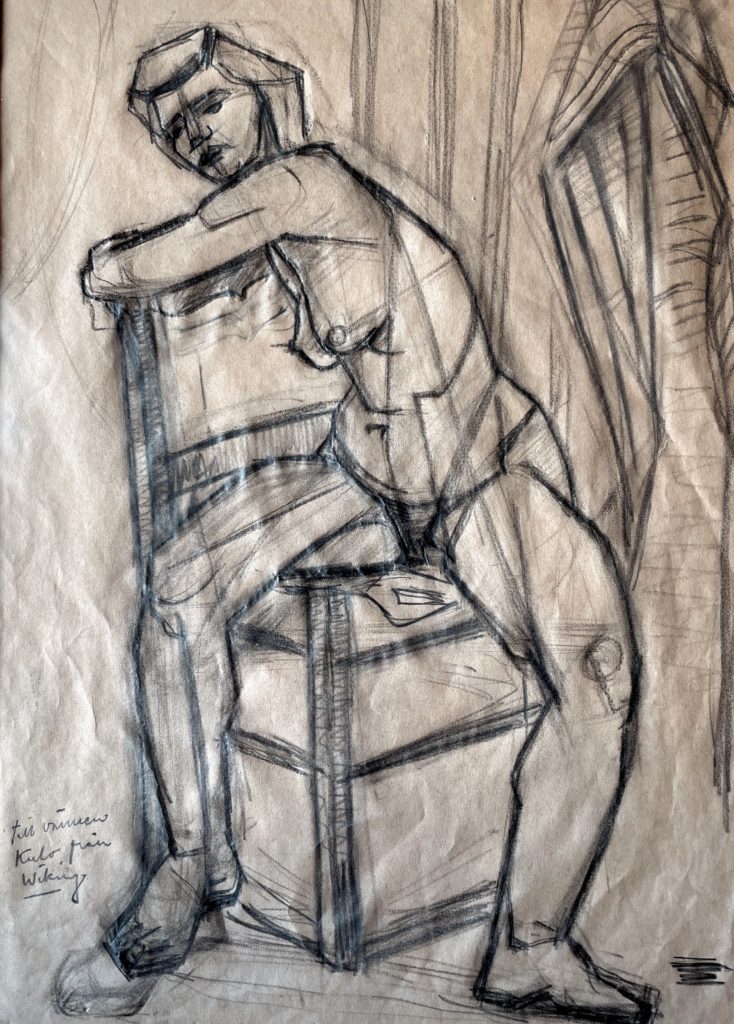
Currently in the residence of Kulo’s granddaughter’s family
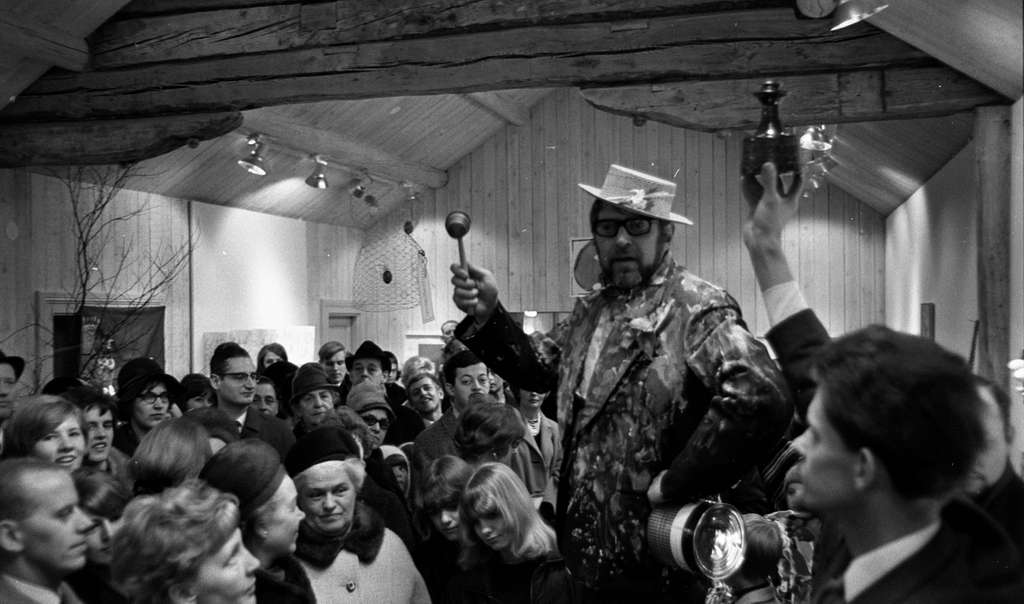
Gustaf Tage Nilsson, born February 26, 1926 in Stockholm, died July 6, 1997, was a Swedish painter, draftsman and graphic artist.
He studied at a teacher’s workshop and then attended Isaac Grünewald’s painting school in 1944–1946. Then followed studies for André Lhote and Othon Friesz in Paris 1947–1954. He had exhibitions in Stockholm, Poland and Germany. He was a member of the National Artists’ Association and the Artists’ Club. Tage Nilsson received the City of Stockholm’s cultural scholarship in 1961.
He was for a period married to the artist Maud Ekstrand Nilsson with whom he had six children, Johan, Katarina, Pablo, Lasse, Maja and Anton. Lived in Arboga for many years. In 1979–1980 he was married to the writer Inger Wahlöö. In 1982, he married for the last time to Karin Nilsson (formerly Virtanen) Nilsson is represented at, among others, Örebro County Museum and Örebro County Council.
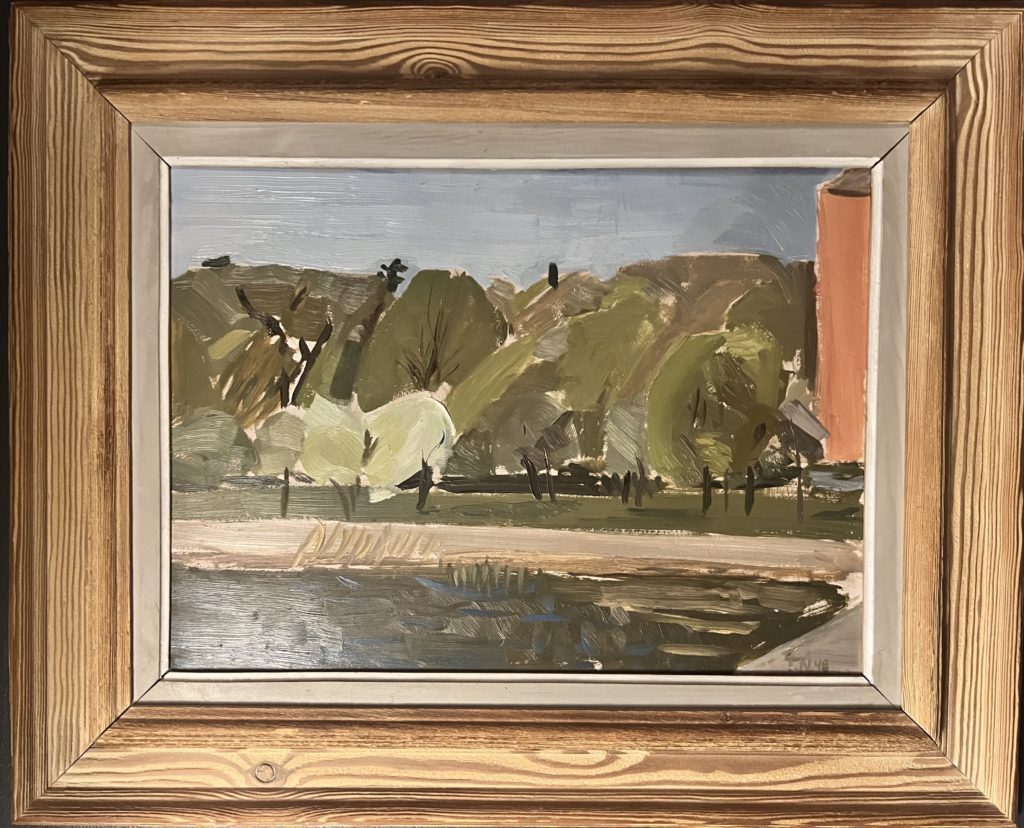
Oil on canvas
Currently in the residence Kulo’s granddaughter’s family
